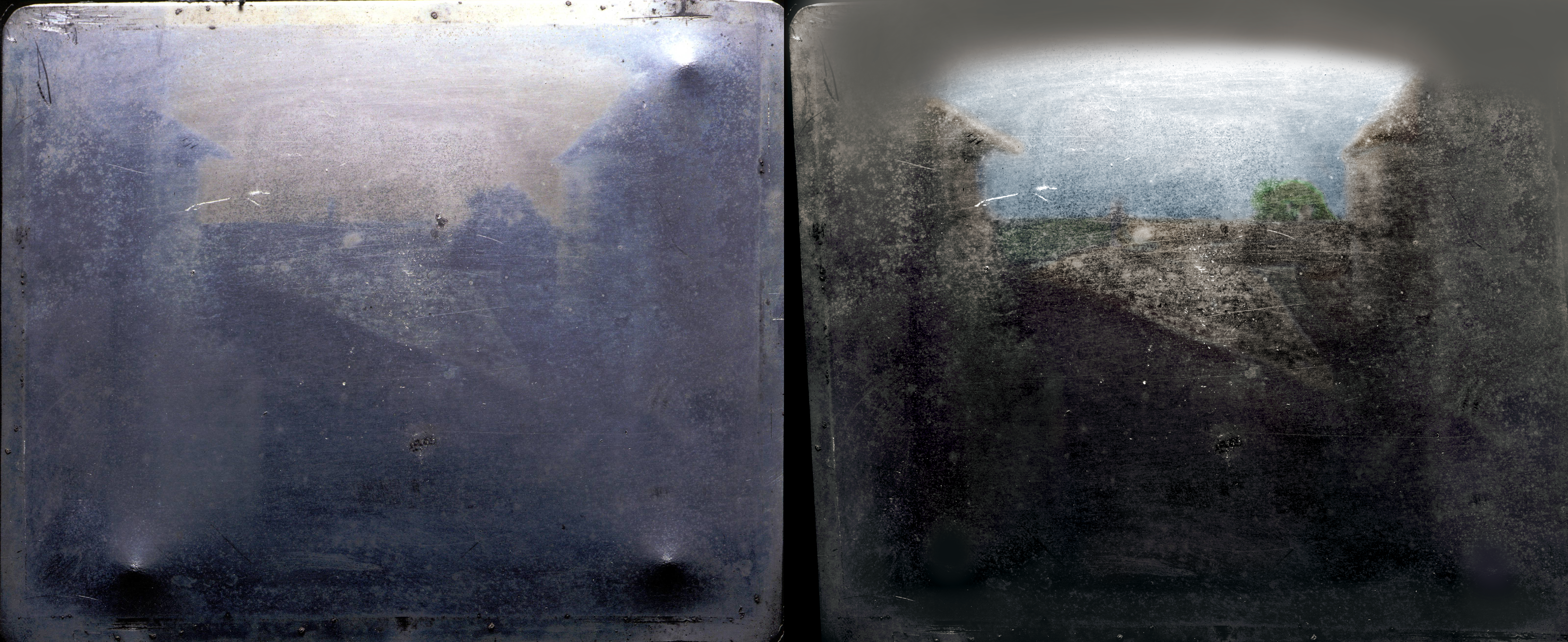|
Found Film
Found film is the most common name for the still film or movie footage found exposed but undeveloped; it is also often referred as ''undeveloped film'', or ''forgotten film''. A well known found film was found in 1930 at the shore of arctic island Kvitøya; the film had recoverable images of the last days of S. A. Andrée's Arctic Balloon Expedition of 1897. The most sought ''not'' found film is probably the one from a Kodak camera presumably left on Mount Everest by the vanished British expedition of 1924. Sources Old, exposed films are rare finds; before introduction of online auction systems, the common sources were family archives and antiques stores. Today, online auctions are the main source. Most of the found films were discovered inside the old simple box-type cameras which were forgotten, lost, discarded or abandoned by the owners. Development of old films Several photo lab services specialize in development of old outdated films. The self-processing by photo enthus ... [...More Info...] [...Related Items...] OR: [Wikipedia] [Google] [Baidu] |
Online Auction
An online auction (also electronic auction, e-auction, virtual auction, or eAuction) is an auction held over the internet and accessed by internet connected devices. Similar to in-person auctions, online auctions come in a variety of types, with different bidding and selling rules. In 2002, online auctions were projected to account for 30% of all e-commerce, indicating large growth for the sector. There are three primary markets for online auctions: business to business (B2B), business to consumer (B2C), and consumer to consumer (C2C). The largest consumer-to-consumer online auction site is eBay, which is growing in popularity because it is a convenient, efficient, and effective method for buying and selling goods. Despite the benefits of online auctions, the anonymity of the internet, the large market, and the ease of access makes auction fraud easier online than in traditional auctions. , online auction fraud was the most common type of internet fraud. History Online auctions ... [...More Info...] [...Related Items...] OR: [Wikipedia] [Google] [Baidu] |
Box Camera
A box camera is a simple type of camera, the most common form being a cardboard or plastic box with a lens in one end and film at the other. They were sold in large numbers during the late 19th and early 20th centuries. The lenses are often single element designs meniscus fixed focus lens, or in better quality box cameras a doublet lens with minimal (if any) possible adjustments to the aperture or shutter speeds. Because of the inability to adjust focus, the small lens aperture and the low sensitivity of the sensitive materials available, these cameras work best in brightly lit day-lit scenes when the subject is within the hyperfocal distance for the lens and of subjects that move little during the exposure. Eventually, box cameras with photographic flash, shutter and aperture adjustment were introduced, allowing indoor photos. Purpose The Kodak camera introduced in 1888 was the first box camera to become widely adopted by the public and its design became the archetype for box ca ... [...More Info...] [...Related Items...] OR: [Wikipedia] [Google] [Baidu] |
History Of Photography
The history of photography began in remote antiquity with the discovery of two critical principles: camera obscura image projection and the observation that some substances are visibly altered by exposure to light. There are no artifacts or descriptions that indicate any attempt to capture images with light sensitive materials prior to the 18th century. Around 1717, Johann Heinrich Schulze captured cut-out letters on a bottle of a light-sensitive slurry, but he apparently never thought of making the results durable. Around 1800, Thomas Wedgwood made the first reliably documented, although unsuccessful attempt at capturing camera images in permanent form. His experiments did produce detailed photograms, but Wedgwood and his associate Humphry Davy found no way to fix these images. In 1826, Nicéphore Niépce first managed to fix an image that was captured with a camera, but at least eight hours or even several days of exposure in the camera were required and the earliest resul ... [...More Info...] [...Related Items...] OR: [Wikipedia] [Google] [Baidu] |
Vernacular Photography
The term vernacular photography is used in several related senses. Each is in one way or another meant to contrast with received notions of fine-art photography. Vernacular photography is also distinct from both found photography and amateur photography. The term originated among academics and curators, but has moved into wider usage. History and usage of the term Current thinking about vernacular photography was anticipated as early as 1964 by John Szarkowski, director of photography at the Museum of Modern Art in New York from 1962 until 1991. In his book ''The Photographer’s Eye'', Szarkowski proposed to recognize what he called “functional photography” alongside the traditional category of fine-art photography; his point was that all photography could possess the merits he sought. Examples in Szarkowski's book and the exhibition it was based on included ordinary snapshots, magazine photos, studio portraiture, and specialized documentary work by anonymous professionals. ... [...More Info...] [...Related Items...] OR: [Wikipedia] [Google] [Baidu] |

